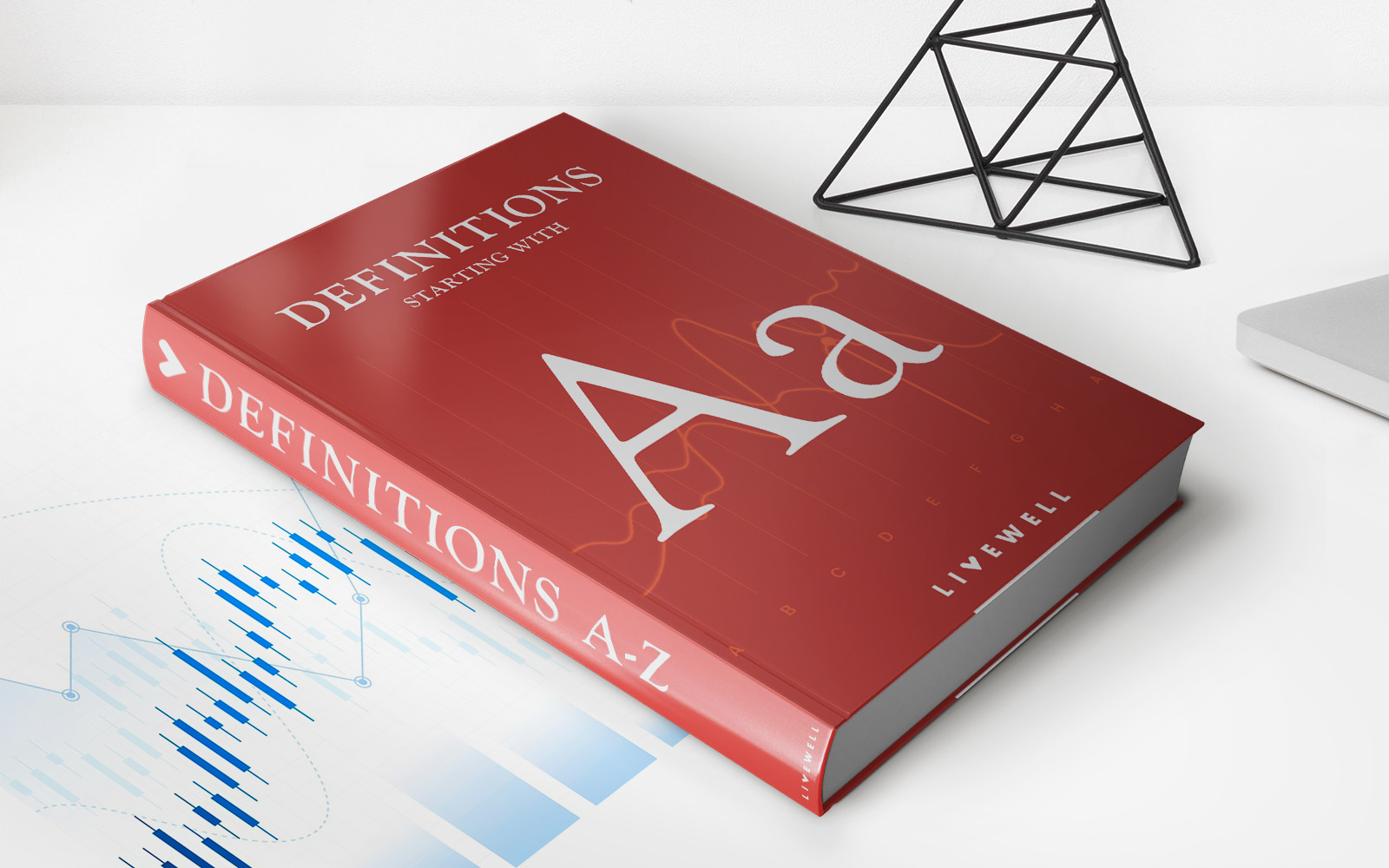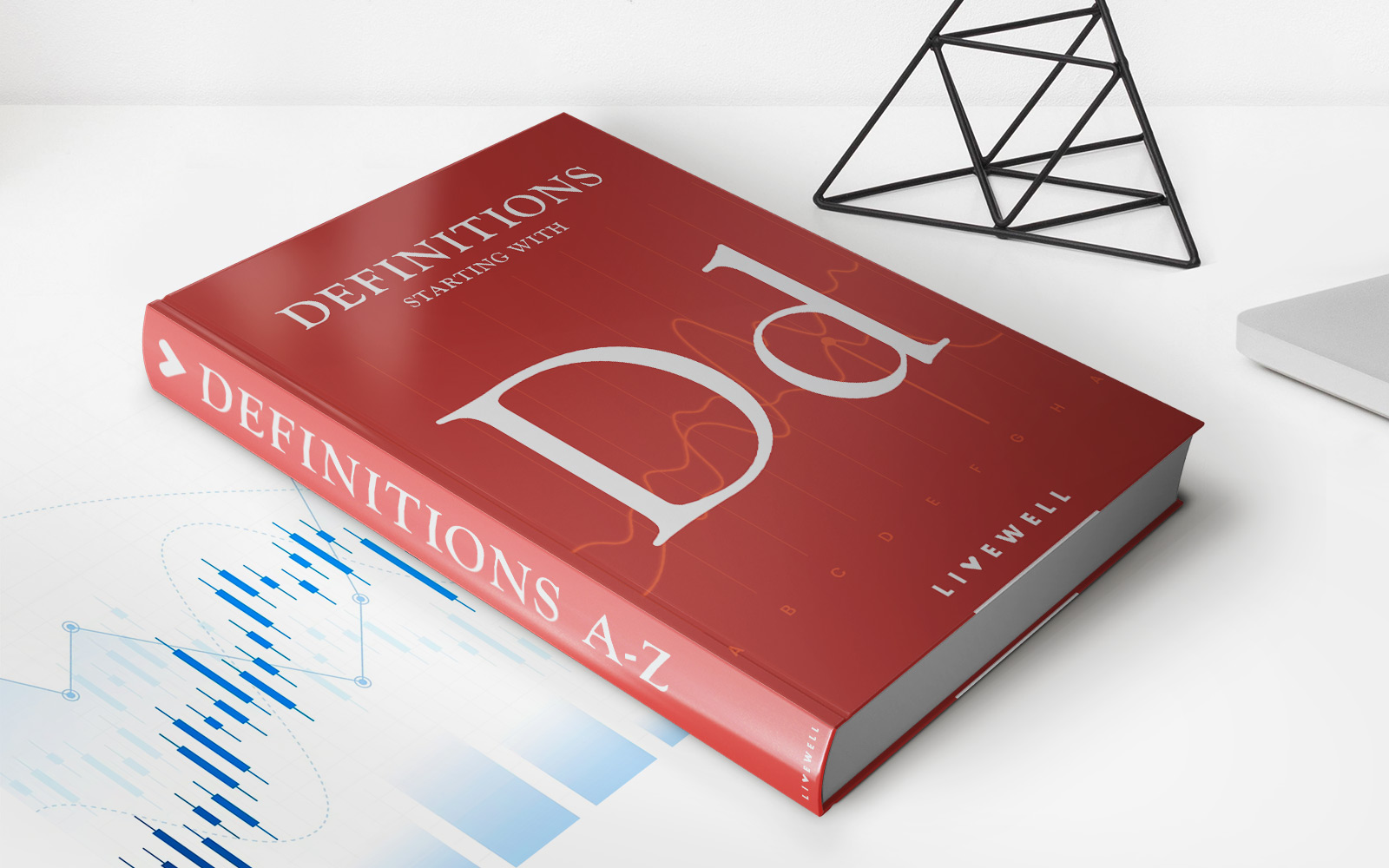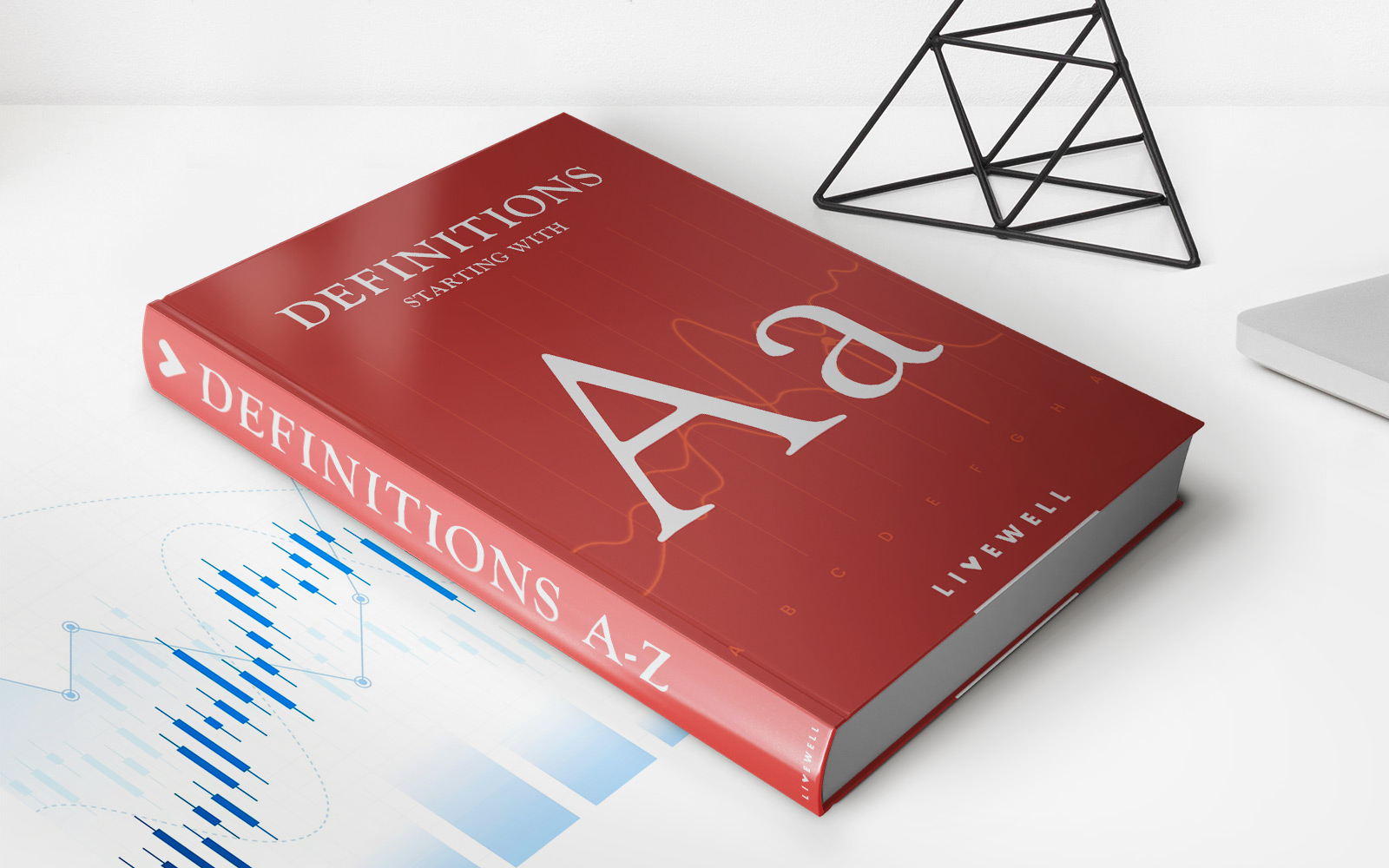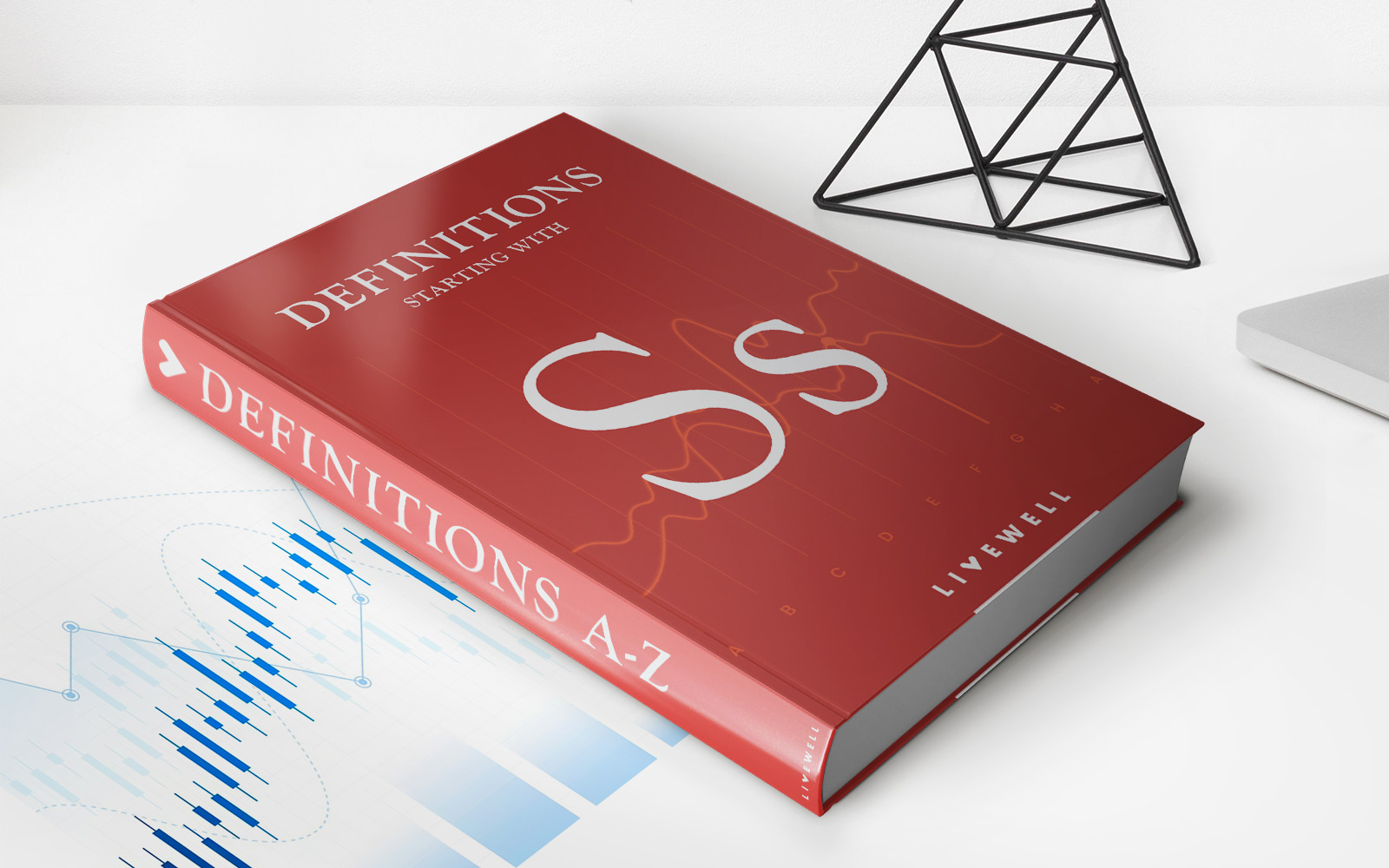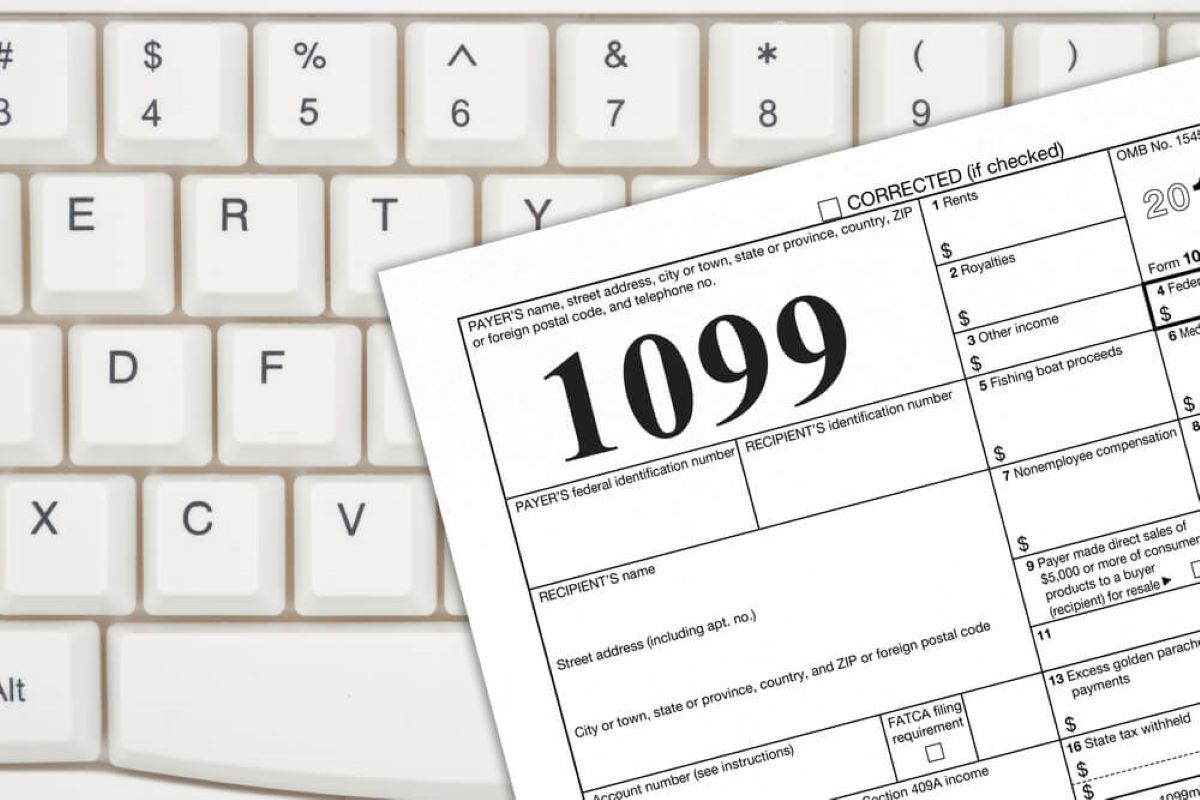Home>Finance>Market Approach: Definition And How It Works To Value An Asset
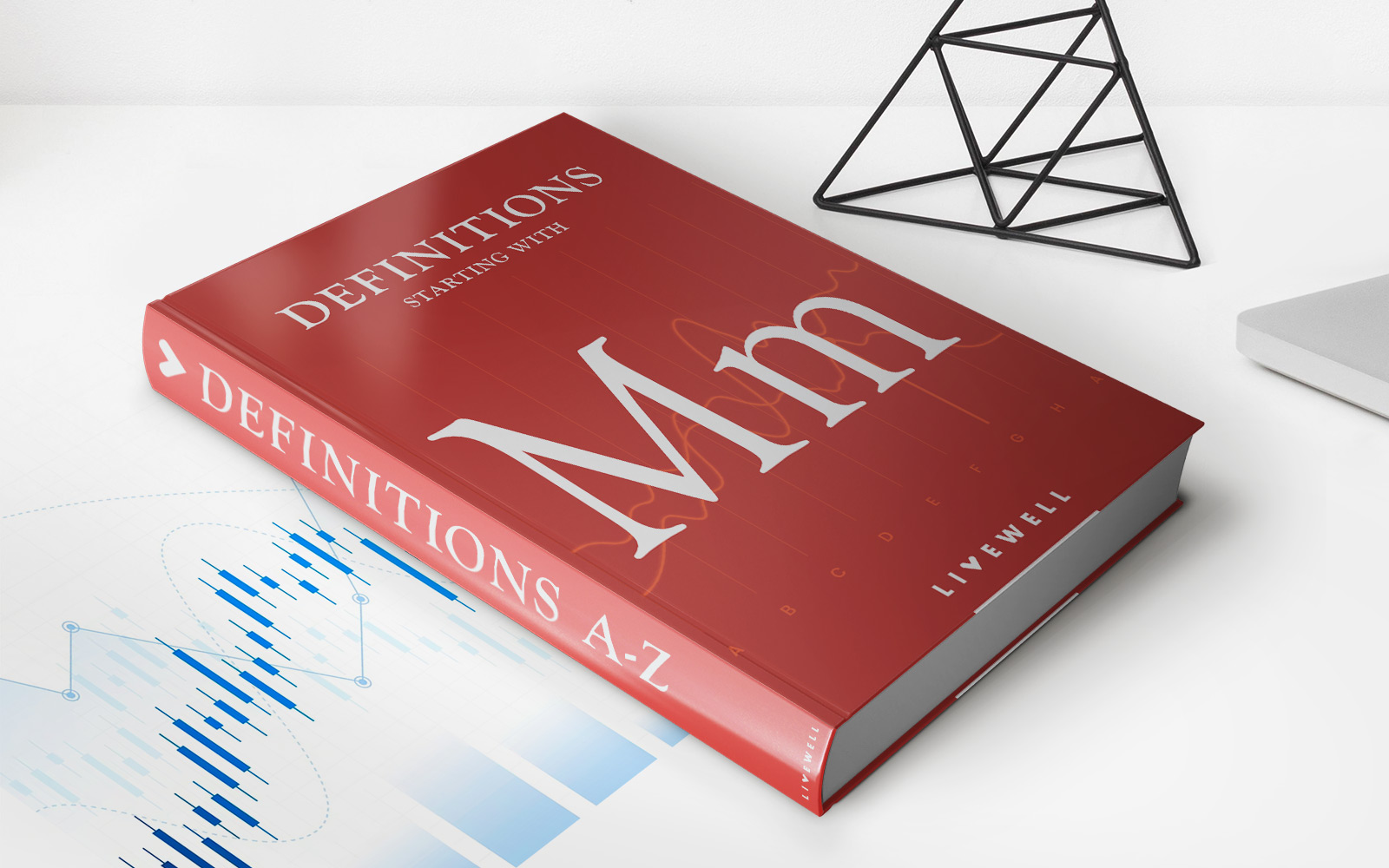

Finance
Market Approach: Definition And How It Works To Value An Asset
Published: December 22, 2023
Discover the definition and workings of the market approach in finance. Learn how it evaluates and determines the value of an asset
(Many of the links in this article redirect to a specific reviewed product. Your purchase of these products through affiliate links helps to generate commission for LiveWell, at no extra cost. Learn more)
Unlocking the Power of the Market Approach to Value Your Assets
When it comes to determining the value of an asset, there are several methods you can utilize. One of the most widely used and effective approaches is the Market Approach. This method involves analyzing recent transactions and market indicators to gauge the worth of a specific asset. In this blog post, we will explore the definition of Market Approach and how it works in valuing assets in the realm of finance.
Key Takeaways:
- The Market Approach is a valuation method that determines the worth of an asset based on recent transactions and market indicators.
- By leveraging the power of the Market Approach, one can gain valuable insights into the true value of an asset in the current market.
So, how does the Market Approach work? Let’s dive into the details.
A Closer Look at the Market Approach
The Market Approach, also known as the Comparative Approach, is a recognized method used by finance professionals to determine the value of various assets such as real estate, stocks, businesses, and more. This approach relies on the principle of valuing an asset based on the price it would command in the open market.
Here are the essential steps involved in utilizing the Market Approach:
- Research and Gather Market Data: The first step is to collect relevant market data. This includes recent comparable sales, transactions, and other relevant market indicators for similar assets in the market.
- Analyze Comparable Sales: Once the data is collected, the next step is to analyze the recent comparable sales to identify trends, patterns, and market indicators that can influence the value of the asset being evaluated.
- Adjust for Differences: No two assets are exactly alike, and it is crucial to adjust the value of the asset being evaluated based on the differences observed in the comparable sales.
- Calculate the Market Value: Finally, with all the data and adjustments in place, it is possible to calculate the market value of the asset using various valuation techniques such as ratios, multiples, or other market-based indicators.
The Market Approach offers significant advantages when it comes to valuing assets. Here are a few key benefits:
- Objective and Market-Based: The Market Approach relies on real market data and recent transactions, making it an objective and reliable method for valuation.
- Reflects Current Market Conditions: By analyzing recent transactions, the Market Approach captures the current market conditions, giving an accurate representation of the asset’s value in the current scenario.
- Industry Standard: The Market Approach is widely accepted and used, making it an industry standard for asset valuation.
In conclusion, the Market Approach is a powerful tool in the realm of finance that provides valuable insights into the value of assets. It enables individuals and businesses to make informed decisions based on real market data and current trends. By leveraging the Market Approach, you can unlock the true potential of your assets and gain a competitive edge in the market.
